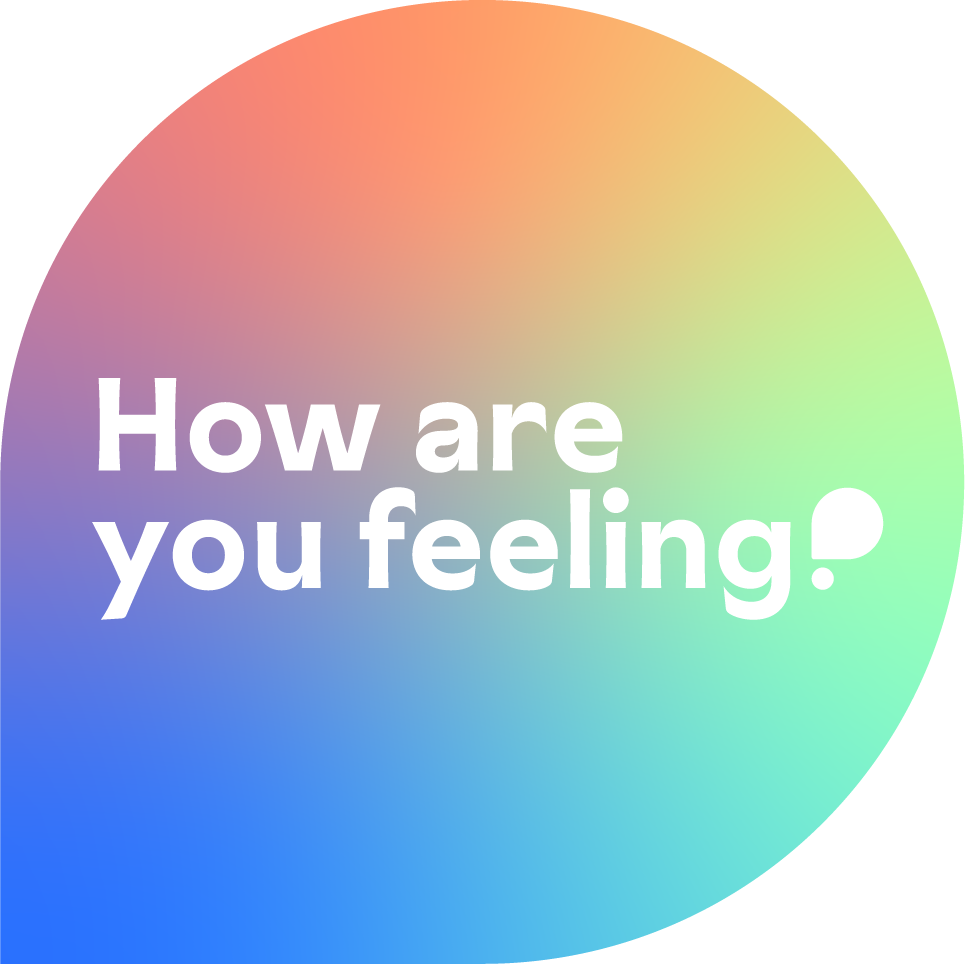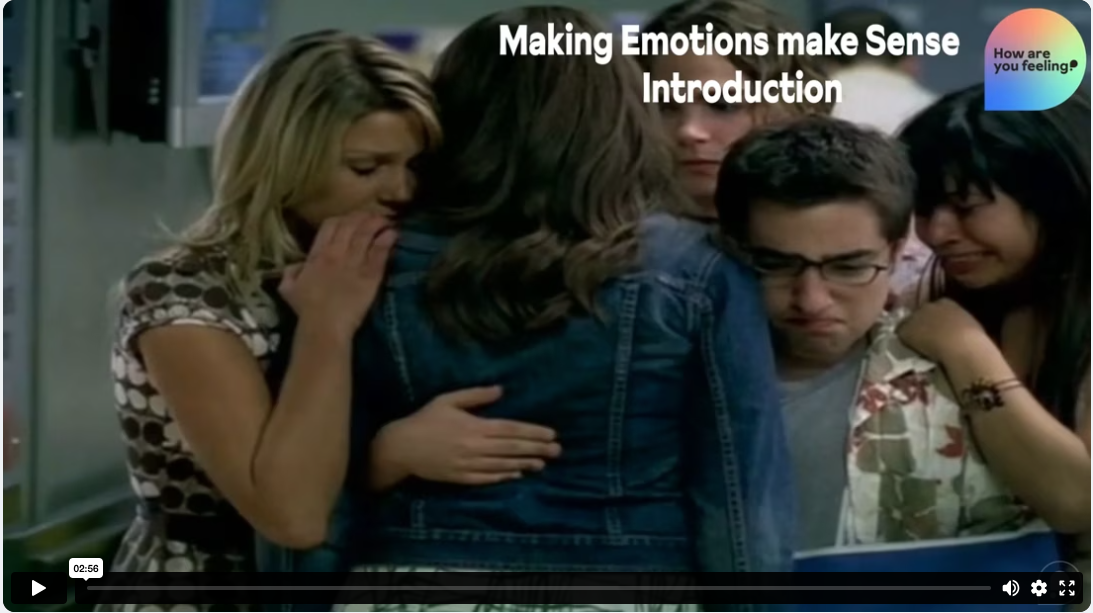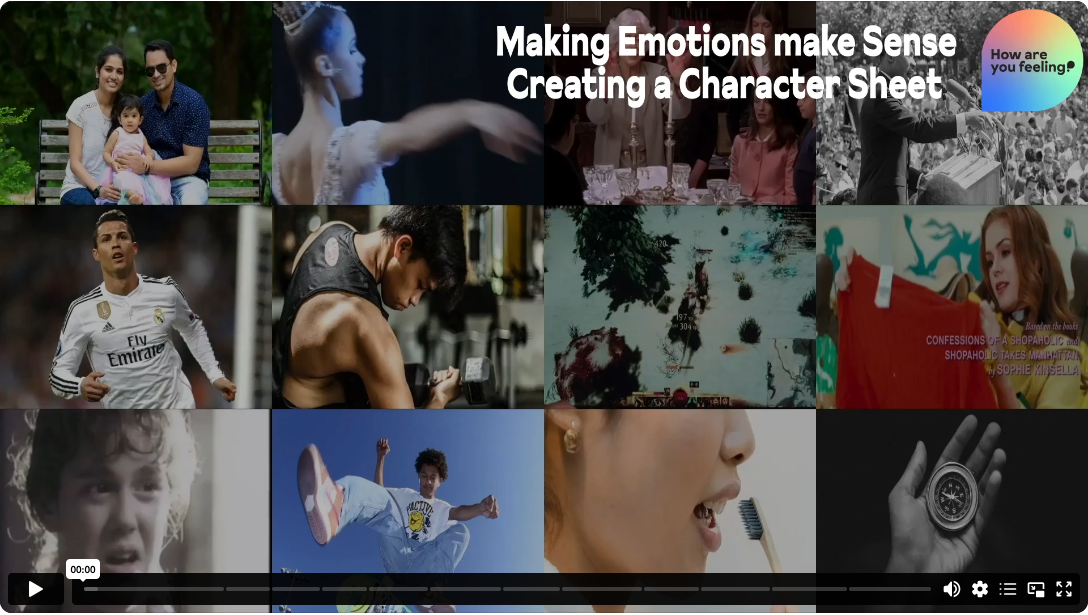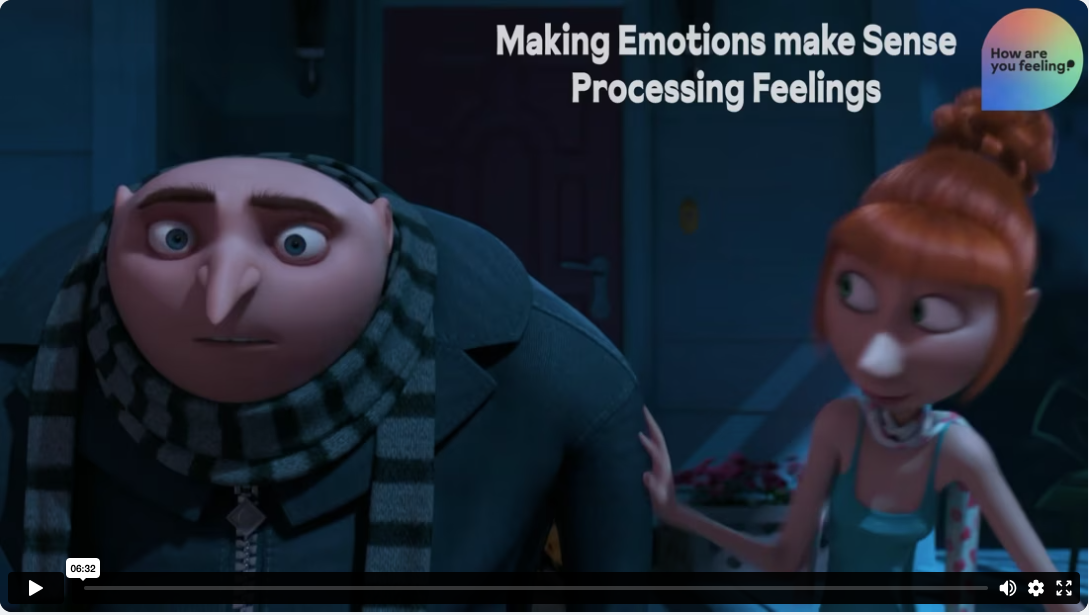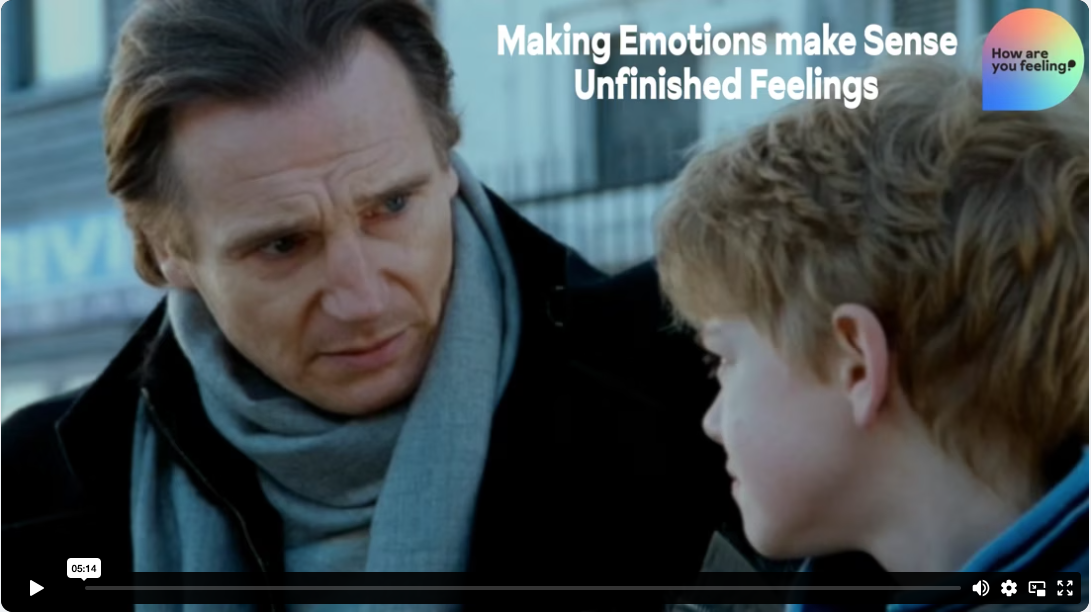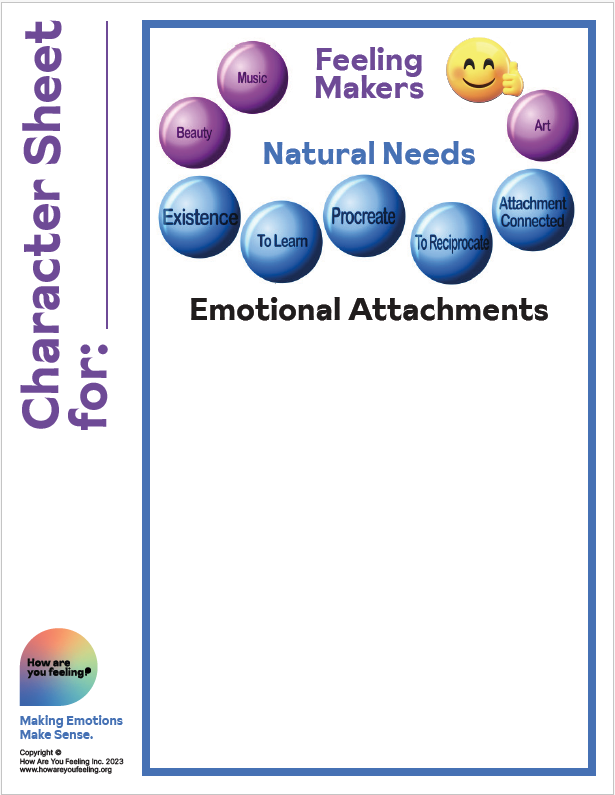Introducing the How are you Feeling?
Short Program
For use in a Classroom or Learn at Home,
Students Ages 8 to 85
Why the Short Program
7 episodes, 50 minutes
The comprehensive How are you Feeling? program (24 episodes) has been hugely successful with students ages 12 to 17. Unfortunately, it takes time to integrate a program like this into school curriculums. The Short Program is able to introduce some very important concepts that are not typically part of an SEL program. We developed this Short Program so it can be delivered easily over 1 or 2 class periods. Complete the form below to access all the program material.
This abridged program focuses briefly on why we have feelings and why and how it’s important to process feelings instead of avoiding them. Most schools have self-regulation programs but students also need to know how to work through difficult feelings. This program can be used for students as young as 8 and we have found that these young people are eager to make their ‘Emotions Make Sense’. The Short Program is free to schools.
Our research with the comprehensive ‘How are you Feeling?’ program shows that kids appreciate learning these topics which were not well understood before taking the program.
Episode Topics
Introduction to misconceptions and disconnected feelings.
Understanding the difference sources of feelings.
Why we have feelings and how they motivate us.
How we attach to things that are emotionally important to us.
Why we need to grieve when an emotional attachment is lost.
How to Process Feelings and why this is such an important skill. (See below)
Dire consequences when we suppress our feelings for too long.
The full 24 episode HAYF program goes into much more depth on how to ‘process feelings’. It includes many more relatable examples, and provides more time for reflection and opportunity for discussion in order to assimilate the emotional concepts.
What do you mean ‘Processing Feelings’ ?
We frequently get asked this question when we talk about teaching kids to ‘Process Feelings’
When an uncomfortable, or terrible event, happens in a young person’s life they will hopefully seek out a parent, friend, or teacher to talk about it. During this face-to-face encounter if the young person feels safe enough, their feelings of sadness, fear, and anger can surface, and the processing of the feelings is initiated. The listener is informed by body language and tone which helps them understand, and empathize, and thereby encourage ongoing processing. If the triggering event was big there will need to be more talking and listening sessions before all of the emotional reactions to the event are thoroughly processed.
The digital age of texting and social media is making it even more important to learn about emotional processing
It is too easy to communicate a difficult event while only connecting through a screen without any physical contact. Seeing the printed word is not the same as hearing a human voice or seeing a person face to face. The encouragement to express the feelings in order to work them through is unlikely without the closer human connection. This can become a pattern — a barren form of communication leaving the feelings bottled-up causing more serious problems.
Kids can learn how to suppress their feelings when appropriate and how to process them to stay emotionally healthy!
Introduction 2:56
To begin to understand the basics of why we have feelings, the unfortunate, incorrect, things we often learn in our culture and family about feelings.
Source of our Feelings 4:04
This episode is about the important role our feelings play in our survival and thriving. The episode describes 3 types of feelings; aesthetic, empathetic, and feelings from innate needs.
Emotional Attachments 4:30
This episode is about how our feelings help to build our character and how we are influenced by the family and culture we are born into to form emotional attachments to people, purposes, and passions that become important to us.
Creating a Character Sheet 24:47 (13 Chapters)
This episode helps the students examine what they are emotionally attached to and to reflect on how and why they have made some of these choices. The episode describes the 12 emotional attachment categories and allow a short time (15 seconds) for the student to add their personal emotional attachments to their character sheet. The video summarizes with a message that the selection of emotional attachments is becoming their responsibility as they become an adult.
Grieving 3:41
This episode is about what we have to do to heal the hurt of removing an emotional attachment. It emphasizes how important it is for our emotional wellbeing to be able to grieve, or process, a loss of anything that was emotionally important to us.
Processing Feelings 6:32
This episode is about why and how we process feelings. The students learn how to work through difficult feelings to understanding and integration. There are many ways to avoid processing difficult feelings that lead to a lifelong struggle.
Unfinished Feelings 5:14
If feelings are not processed they are left unfinished and ‘buried alive’. Understanding this concept encourages the students to find the courage to process their feelings instead of leaving them unresolved only to be triggered back to them. These unfinished feelings often lead to dysfunctional coping behaviours or depression.
